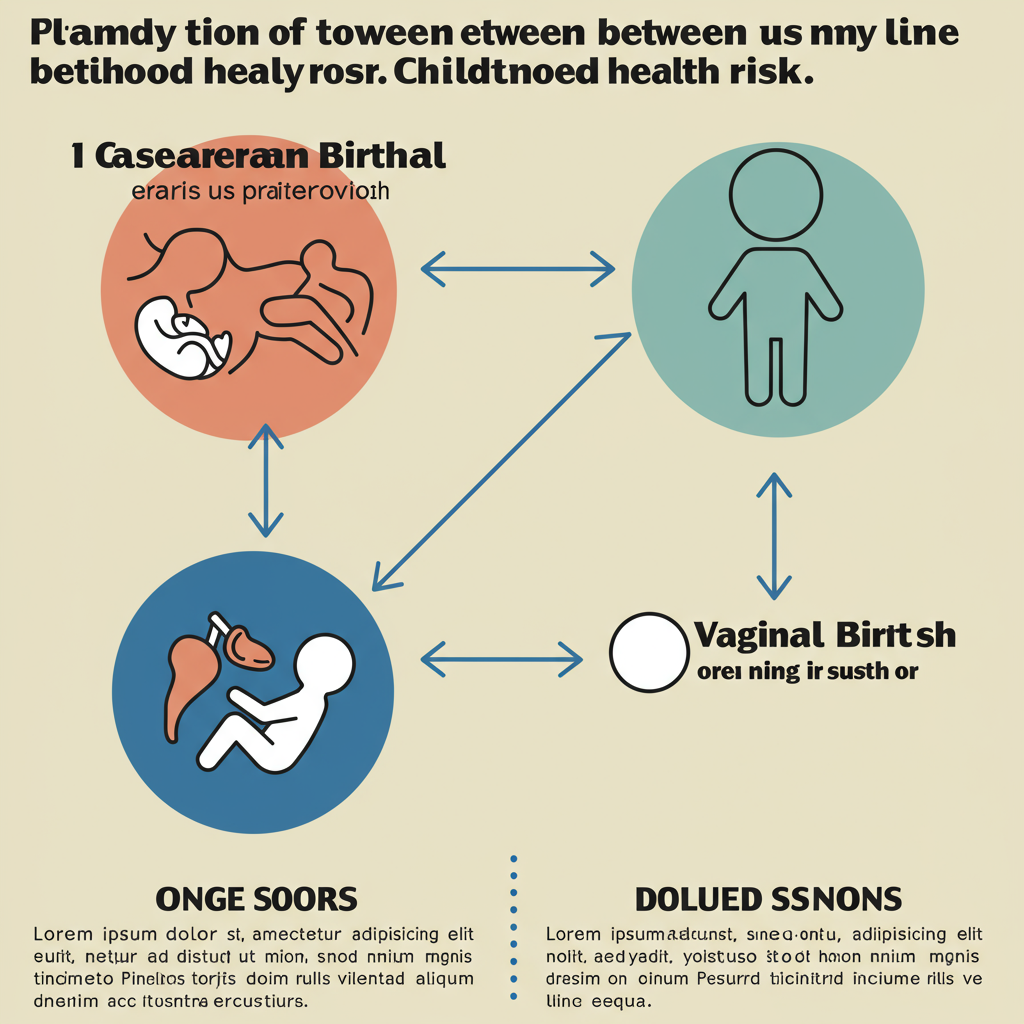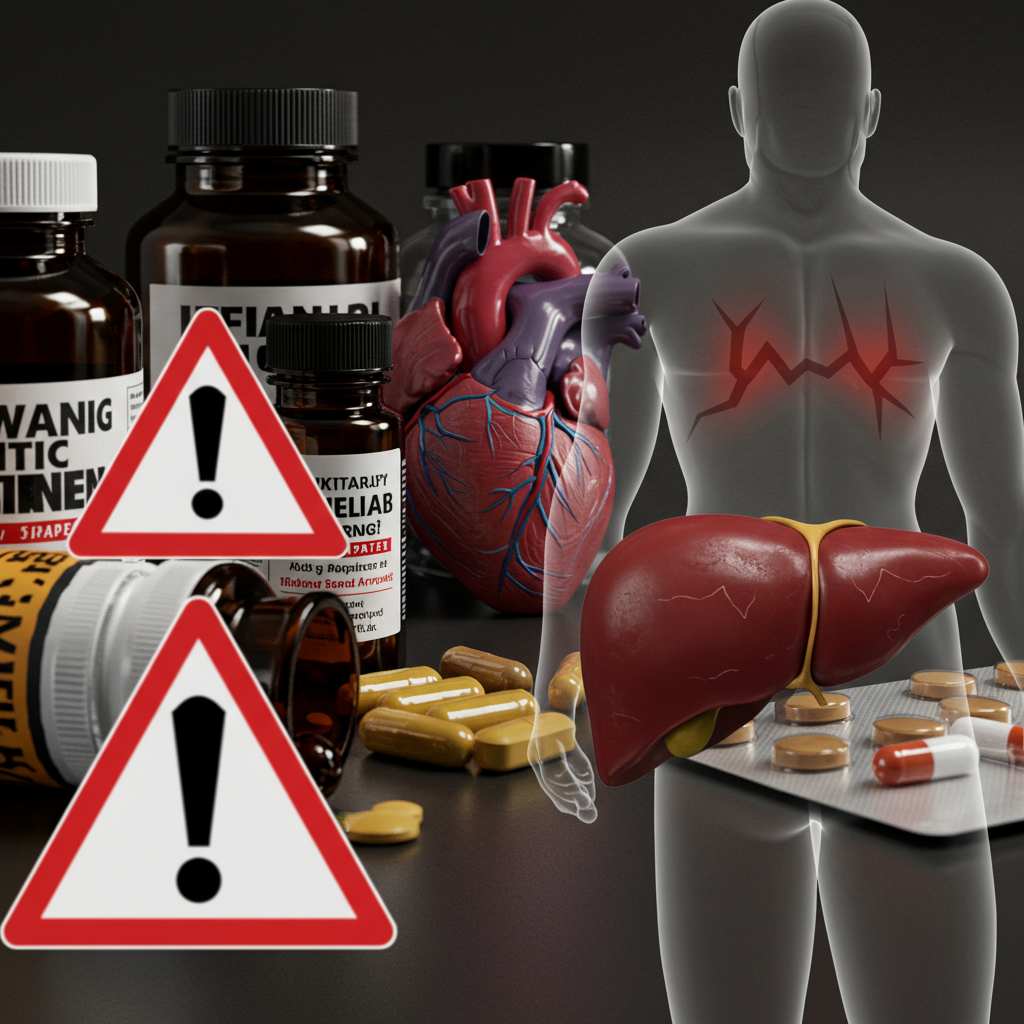Recent groundbreaking research sheds light on a potential link between the method of delivery and a child’s future risk of developing cancer. Specifically, a large-scale study suggests that babies born via planned caesarean section may face a higher likelihood of being diagnosed with childhood leukaemia compared to those born vaginally. This finding adds to the growing body of evidence examining how early life factors can influence long-term health outcomes. Understanding these connections is vital for both researchers and parents seeking to make informed decisions about healthcare.
Planned C-Sections and Childhood Leukaemia Risk
A comprehensive study conducted by researchers at the Karolinska Institute in Stockholm, Sweden, analyzed health data from nearly 2.5 million children. The data spanned two distinct periods: 1982 to 1989 and 1999 to 2015. Over this time, the study tracked how each child was born and whether they later developed leukaemia.
Out of the millions of births reviewed, approximately 15.5 percent were delivered by caesarean section. These were categorized into either planned or emergency procedures. Within the study population, a total of 1,495 children were diagnosed with leukaemia later in childhood.
The researchers discovered a statistically significant association between planned C-section births and the risk of acute lymphoblastic leukaemia (ALL). ALL is the most common type of childhood leukaemia. According to the study findings, children born by planned C-section had a 21 percent higher risk of developing ALL compared to children born through vaginal delivery.
This increased risk was even more pronounced for B-cell acute lymphoblastic leukaemia (B-ALL). B-ALL is the most frequent subtype of ALL, accounting for around 80 percent of childhood cases. For this specific subtype, the risk for babies delivered by planned C-section rose to 29 percent higher than those born naturally.
The study also identified certain demographic patterns in this increased risk. The raised likelihood of developing leukaemia was found to be more significant in boys than in girls. Additionally, the association was stronger among younger children. These findings were published in the International Journal of Cancer.
Exploring the Potential Reasons
Scientists are still working to understand why this link between birth method and childhood leukaemia might exist. Experts suggest several potential explanations related to the different experiences of babies during vaginal birth versus a planned C-section.
One leading hypothesis centers on the lack of exposure to the natural stressors of labour and the beneficial bacteria present in the birth canal during a planned caesarean delivery. A baby born vaginally encounters a diverse array of microbes as they pass through the birth canal. This initial microbial exposure is thought to play a crucial role in seeding the infant’s gut microbiome and shaping the early development of their immune system.
During a planned C-section, the baby bypasses the birth canal entirely. They are not exposed to the same collection of maternal microbes. This difference in early microbial colonization could potentially influence immune system maturation. An improperly or differently developed immune system might be less effective at identifying and eliminating cancerous cells later on.
Furthermore, the stress hormones released during natural labour are also thought to play a role in preparing the baby for life outside the womb. The absence of this stress exposure in planned C-sections could potentially have subtle effects on the infant’s physiological development, including aspects related to immune function.
The idea that planned C-sections might affect immune and health outcomes is not new. Similar reasoning is often cited for the higher incidence of other immune-related conditions in children born via planned C-section. These conditions include asthma, food allergies, and type 1 diabetes. In contrast, emergency C-sections typically occur after labour has already begun. This means the baby may have had some degree of exposure to maternal microbes and the labour process. This could explain why the risk association appears weaker for emergency C-sections compared to planned ones.
Contextualizing the Findings
It’s important to view these findings within the broader context of childhood and young adult cancer trends. While the absolute number of childhood leukaemia cases remains relatively low, research indicates a concerning rise in certain cancer types among younger generations, including millennials and Gen-Xers. A recent U.S. study published in The Lancet highlighted that 17 out of the 34 most common cancers in individuals aged 25-84 are increasing. This trend is strongly linked to factors like rising obesity rates.
However, these studies underscore the complexity of cancer development. They suggest that a combination of factors, including early life exposures, genetics, lifestyle, and environment, likely contribute to overall cancer risk throughout a person’s life. The birth method study adds another piece to this intricate puzzle, suggesting that even the very beginning of life might have implications for later health.
Dr. Christina-Evmorfia Kampitsi, the lead author of the Karolinska Institute study, emphasized the critical role of caesarean sections in obstetric care. “C-sections are an important and often life-saving part of obstetric care,” Dr. Kampitsi stated. The study’s purpose is not to cause anxiety for mothers who require a C-section for medical reasons.
However, Dr. Kampitsi noted that these results, when considered alongside findings linking planned C-sections to increased risks of asthma, allergies, and type 1 diabetes, warrant discussion. This discussion should focus on C-sections that are not medically indicated. The goal is to ensure birth decisions are made with full awareness of potential long-term health implications for the child, while always prioritizing the safety and well-being of both mother and baby.
Broader Implications and Future Research
The Karolinska Institute study provides compelling statistical evidence linking planned C-sections to a specific childhood cancer risk. However, it’s crucial to remember that correlation does not equal causation. More research is needed to definitively prove the mechanisms behind this association.
Future studies will likely focus on further exploring the role of the neonatal microbiome and early immune development. Scientists may investigate specific bacterial profiles associated with different birth methods and track how these profiles correlate with later health outcomes, including cancer risk. Research could also examine other potential factors that differ between planned C-section and vaginal births and how they might impact long-term health.
Understanding these subtle, early influences could potentially lead to interventions. For example, research is ongoing into “vaginal seeding,” where gauze containing vaginal fluids is applied to babies born by C-section. The aim is to expose them to maternal microbes they would have encountered during a vaginal birth. However, this practice is still experimental and not routinely recommended by medical professionals due to potential risks.
Ultimately, this research contributes to our growing understanding of how early life experiences can shape future health. It reinforces the idea that a child’s journey from birth is a complex interplay of genetics, environment, and early exposures. While parents should not feel undue alarm, particularly regarding medically necessary procedures, staying informed about ongoing research into early life factors and long-term health is always valuable. Decisions about birth method are complex and should always be made in consultation with qualified healthcare providers, taking into account individual circumstances and medical needs.
Frequently Asked Questions
What did the new study find about birth type and childhood cancer risk?
A large study from Sweden found that children born by planned caesarean section had a higher risk of developing childhood leukaemia. Specifically, the risk of acute lymphoblastic leukaemia (ALL), the most common form, was 21 percent higher. For the most common ALL subtype, B-ALL, the risk increased by 29 percent compared to vaginal births. The study involved nearly 2.5 million children.
Why might planned C-sections be linked to increased cancer risk?
Experts hypothesize that babies born by planned C-section miss crucial exposure to the mother’s microbes in the birth canal. This early microbial exposure helps shape the infant’s gut microbiome and immune system development. The lack of this exposure, along with potentially missing the stress of natural labour, might influence immune function. This could potentially affect the body’s ability to handle cancerous cells later in life.
Should parents worry about these findings if they had a planned C-section?
Healthcare professionals emphasize that caesarean sections are often medically necessary and life-saving procedures. The study highlights an association, not a direct cause, and the overall risk of childhood leukaemia remains relatively low. The findings should not cause anxiety for mothers who required a C-section for medical reasons. However, the research suggests that discussing the potential long-term implications of non-medically indicated C-sections with a healthcare provider is worthwhile.
Conclusion
The recent study from the Karolinska Institute presents compelling evidence suggesting a link between planned caesarean birth and an increased risk of childhood leukaemia. While the specific mechanisms require further investigation, the findings underscore the potential importance of early life exposures, such as those experienced during vaginal birth, in shaping a child’s immune system and long-term health trajectory. It’s vital to remember that C-sections are essential medical procedures that save lives daily. This research serves as a valuable contribution to the ongoing scientific discussion about the complex factors influencing childhood health and disease, prompting continued exploration into how birth experiences might impact future well-being.




